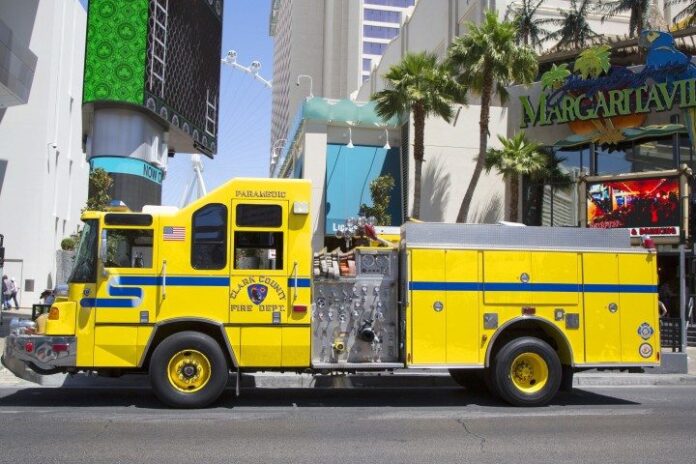Consistency in nationwide public safety networks is critical; how DAS systems must measure up
Public safety networks are critical to the safety of people everywhere – they are implemented across high-rise buildings, campuses, tunnels, shopping malls, airports, parking garages and more in order to protect the lives of both the citizens and first responders. Over the past decade, there has been a substantial increase in national, state and local legislation requiring minimum coverage standards for public safety communication systems. In February 2012, the Middle Class Tax Relief and Job Creation Act created the First Responder Network Authority (FirstNet), an independent authority within the U.S. Department of Commerce’s National Telecommunications and Information Administration. The FirstNet Board is composed of representatives from public safety; local, state and federal government; and the wireless industry.
Coverage inside buildings is becoming more vital for public safety purposes – some municipalities are requiring public safety coverage in buildings before actual certificates of occupancy can be obtained. Public safety communication networks are designed to continue to operate as long as possible in the event of a natural or man-made disaster. These networks include hardened sites that will continue to operate through power outages or when sprayed by a fire hose. If an emergency situation occurs in a building, clear, crisp internal and external communications is essential, mainly so that rescue teams can talk when they are inside.
Minimum legislative standards and new public safety building codes implemented by International Code Council (ICC) and the National Fire Protection Association (NFPA) steadily drive the growing demand for in-building wireless solutions for public safety, which include repeaters (or bi-directional amplifiers) or active Distributed Antenna System (DAS) infrastructure.
Some NFPA requirements for public safety coverage include:
- System coverage: NFPA requires 99% coverage in designated critical areas and 90% coverage in general-use areas. Example: DAS typically does not provide coverage for areas like stairwells, EXCEPT when it comes to locations where public safety communication networks are integrated.
- Enclosures: Nema 4 or 4x enclosures must house all equipment such as radio and power systems to protect against dust and driven rain. All public safety enclosures must be painted red so it resembles a piece of fire equipment.
- System monitoring alarms: real-time monitoring of the system’s readiness, including alarm requirements for power/battery charger failures, signal booster trouble, antenna malfunctions and battery capacity (alarm generated at 70% remaining power.)
- -95 dBm minimum signal strength: The minimum signal strength within the coverage area for both the IFC and NFPA is -95 dBm regardless of the frequency.
- Battery backup: In the event of a building emergency there’s often a power failure or power is cut off to prevent further danger to first responders. The code requires the equipment supporting the Public Safety radio system to remain operational on a battery backup for no less than 12 hours.
- Future frequency adjustment: Systems supporting the Public Safety emergency responder radio coverage need to support future frequency requirements.
- Antenna isolation: The NFPA stipulates an antenna isolation requirement of 15 dB higher than the gain of the amplifier.
When Fully Prepared Public Safety is Enhanced
Indoor wireless signal strength, signal degradation and interference remain real issues that can have serious impact on how public safety is addressed and problems mitigated. Preparation is key. Case in point, the Near-Far performance issue is inherent in conventional DAS networks. Near-Far is a term used to describe performance and capacity degradation when a mobile device is operating within a DAS coverage area, but is being serviced by a distant macro cell tower. When it comes to installing public safety coverage in a building with a commercial DAS installed, designers need to make sure that the commercial DAS network does not interfere with the public safety system. Westell’s ClearLink DAS mitigates signal degradation and subsequent performance issues caused by Near-Far performance reduction.
Moreover, Westell engineered its PS51080 public safety repeater to satisfy the future efforts of the FirstNet to implement the deployment and operation of a common nationwide public safety broadband network. The PS51080 repeater also meets the National Fire Protection Association (NFPA) compliance, NFPA 72, when installed with a NFPA compliant battery back-up solution. Some features of the PS51080 include: antenna and signal booster failure alarming, and a NEMA Type 4 red enclosure.
Westell’s PS51080 is designed to provide customers with the ability to install an in-building repeater that will meet both the existing public safety communication regulations and allow customers to prepare for future mandates and nationwide network deployments for emergency and disaster preparedness communications.
Learn more at Westell.com.

